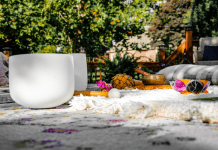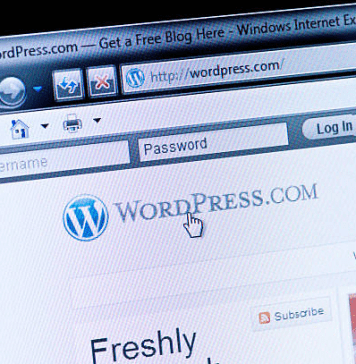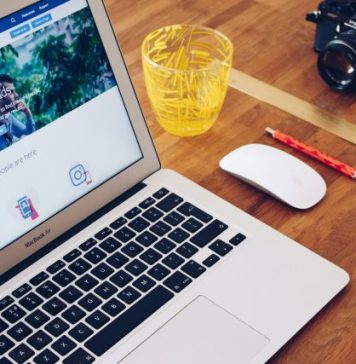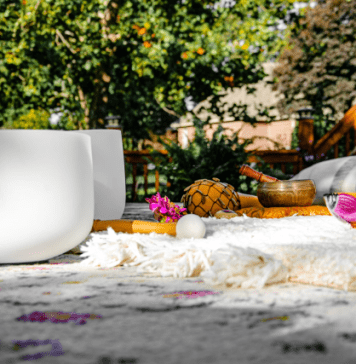
The office interior is major in creating a productive and pleasant working environment. A well-designed office can contribute to employee satisfaction and well-being, promote collaboration and reflect the corporate culture. But what exactly should the office interior comply with? Below are some important aspects that the office interior should meet.
Ergonomics
Ergonomics is one of the most important aspects the office interior should comply with. It is super important to use ergonomic furniture and accessories. These promote employee health and comfort. Ergonomic office chairs that provide proper back and neck support, height-adjustable desks,, ergonomic mice, and keyboards are just a few examples of ergonomic elements that can improve employees’ work posture.
Functionality
An effective office interior should also be functional and tailored to the company’s and its employees’ needs. Think about the layout of the space and make sure it is logical. Create enough workstations, meeting rooms, and common areas to meet the different needs of employees. Also, consider using modular furniture and flexible layouts so that the space can adapt to changes.
Visual attractiveness
An attractive office interior can have a positive impact on employees’ moods and motivation. Create an attractive environment using colors, textures, and decorative elements matching corporate culture and identity. This can stimulate employee creativity. Integrating natural elements such as plants can create a sense of freshness and calm. It is also important to have enough natural light and use artificial lighting that provides the right atmosphere and functionality.
Sound insulation and acoustics
Sound insulation and acoustics are important to create a quiet and comfortable working environment. This is where employees can concentrate better. Consider using soundproofing materials and panels to reduce disturbing noises. In addition, specific acoustic solutions, such as carpets, partitions, and sound-absorbing ceiling panels, can help improve sound absorption and productivity.
Flexibility
A flexible office interior is important to adapt to changing needs and trends. Flexibility can be achieved by using moveable and adaptable furniture and partitions. This makes it easy to adapt spaces to different working styles, tasks, and team formations. Thus, a space can easily be made larger when needed. Flexibility promotes collaboration and creativity, as employees can adapt the space to their needs.
Sustainability
Sustainability is another important aspect that office interiors ought to reflect. The recognition of the environmental impact of our daily activities is growing, and the workplace should not be an exception. Choose furniture and materials with minimal environmental impact. Consider utilizing eco-friendly and recycled materials, energy-efficient lighting, and natural ventilation systems. These choices contribute to reducing the office’s carbon footprint and frequently improve the well-being of employees, aligning the brand with eco-friendly values and enhancing the company’s public image.
Inclusivity
Additionally, a well-designed office interior should be inclusive. This implies that it should be welcoming and accessible to all employees, regardless of age, gender, or physical abilities. Utilize principles of universal design to ensure accessibility. For instance, including tactile and audible indicators and providing clear signage can make a workspace more accessible to all users.
Technology Integration
As a result of the advent of digital transformation, technology integration has become a fundamental aspect of office design. Workplaces should not only facilitate but also actively support the technological requirements of their occupants. This may involve implementing smart displays in meeting rooms, providing charging stations, seamless Wi-Fi connectivity, or integrating smart lighting and temperature control systems for improved energy management and comfort. Remember that a well-optimized tech setup can significantly boost productivity and collaboration, making the office a genuinely effective workplace.
Biophilia
Incorporating biophilic design elements into the workplace is a trend that cannot be ignored. Biophilia is the human propensity to seek relationships with nature and other life forms. Incorporating natural elements into office design reduces tension, improves cognitive function, and boosts employee morale. This can be accomplished through indoor flora, natural light, verdant walls, aquatic features, and views of the outdoors.
Cultural Expression
Lastly, the office interior should reflect the company’s cultural and symbolic values. This extends beyond simply displaying the company logo in the lobby. Consider how the company’s values and ethos can be incorporated into the design. This may involve the incorporation of local artwork, creating spaces for cultural celebrations or employee recognition, or designing rooms with themes that reflect the company’s history and accomplishments. This creates employees’ sense of belonging and identity, contributing to developing a robust corporate culture.
In conclusion, office interiors must be ergonomic, functional, aesthetically pleasing, acoustically sound, flexible, environmentally friendly, inclusive, technologically supportive, biophilic, and culturally expressive. This strategy will create a workplace environment that fosters employee productivity, creativity, well-being, and satisfaction, thereby augmenting the organization’s overall success.













